A man with his riding crop sat astride a horse that trotted down the country roads and in his wake, a stream of cars crawled, waiting for the traffic in the opposite direction to ease before they could contemplate taking the jump and overtake the horse. Such are the sights that are common on the winding lanes and roads in the English countryside. It is remarkable by the very absence of any tooting of horns. You might waggle your head here, and remark in an offhand manner, tut, but it is the British politeness at work here. Or, it could be the rigorous driving tests that have felled many an able driver. Who knows, but there we were pootling along the roads that led from the Dartmoor Zoo into the national park within which it sits.
The Dartmoor National Park, at the very heart of the county of Devon, is sprawled over 368 sq. miles. Picture tracts of vast moorlands, honey gold in parts and russet with peat in others. Upon it, incongruously enough, a batch of evergreens show up, like they were planted overnight upon the moors for some purpose which escapes you. And then ancient woodlands, round-backed bridges, country lanes that are flanked by tall hedges and roll into gentle hills criss-crossed by pastures and thickets of trees stripped off their leaves. An inescapable part of the scenery in the park are strange granite outcrops known as tors. They look primeval, and from far away, they put you in mind of the nuraghe, stone structures that show up in the wilds of Sardinia.
The entire length of the drive was a reel, a reel of gentle shots that built upon each other, till you felt that the heart would burst with the beauty around you. First off, there is this Pantone green hue to Devon’s countryside. A fresh neon shade that seems to reflect off the landscape.
Then there are those familiar sights. Narrow B-roads, boxed in by meadows that are surprisingly lush in winter, meandered through tiny villages. Roads that threw up comforting sights. Square towers of medieval stone churches, chocolate-box cottages with their thatched roofs and pleasantly pastel personalities, dense networks of bare branches smothered with moss and lichen that reached across the roads to link their digits and made natural arches. The wild moor ponies, the sheep bundled up cosily in their winter wool, fingerposts that pointed their fingers at villages like Princetown known for its forbidding 19th-century prison and literary heritage — Arthur Conan Doyle had conceived the Hound of the Baskervilles around its boggy moorlands.
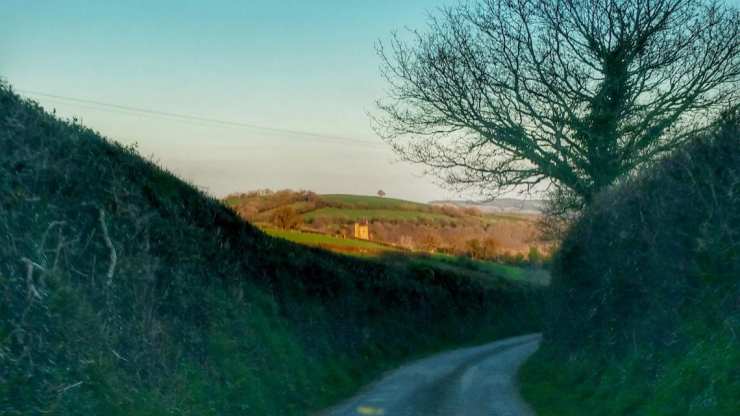

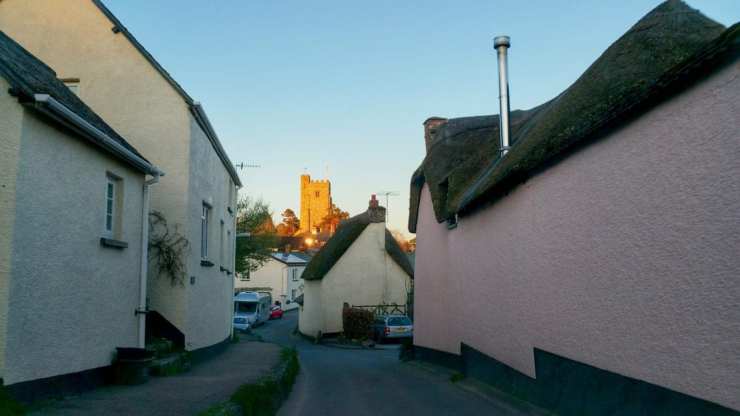
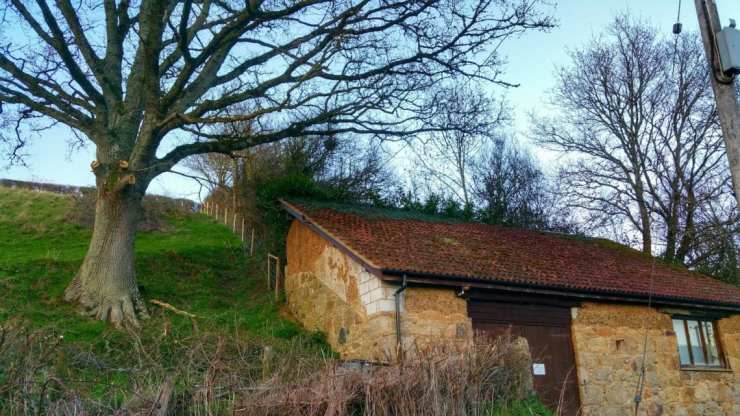
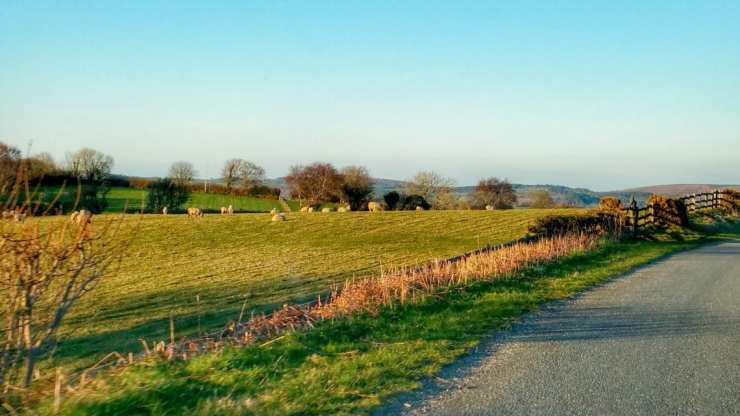

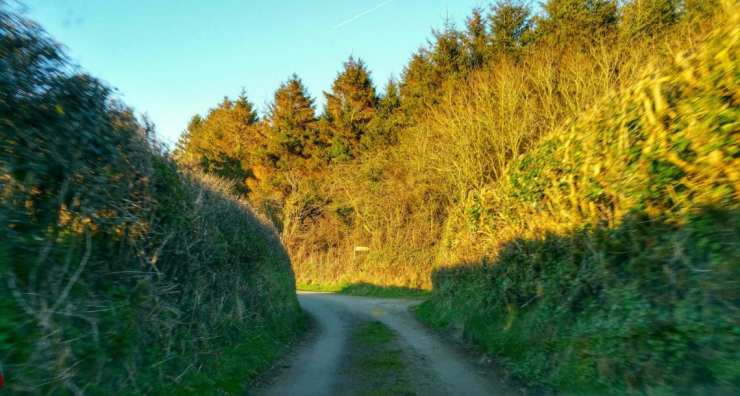
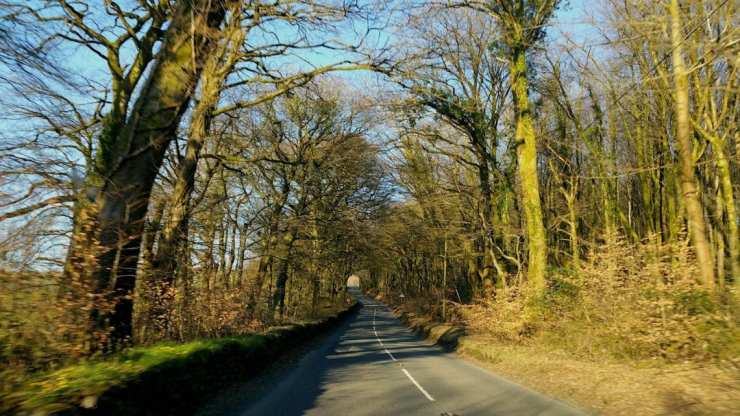

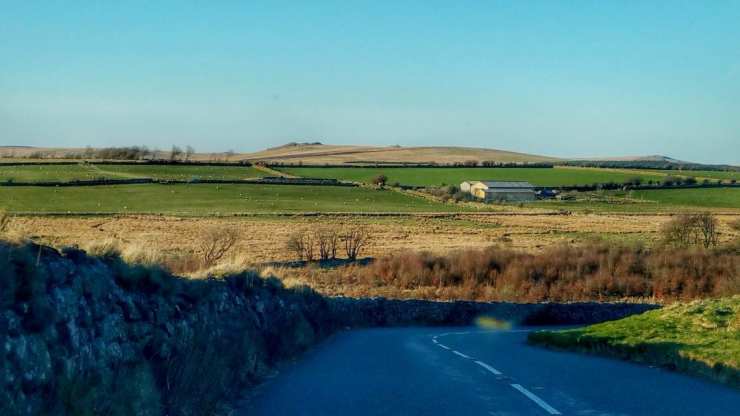
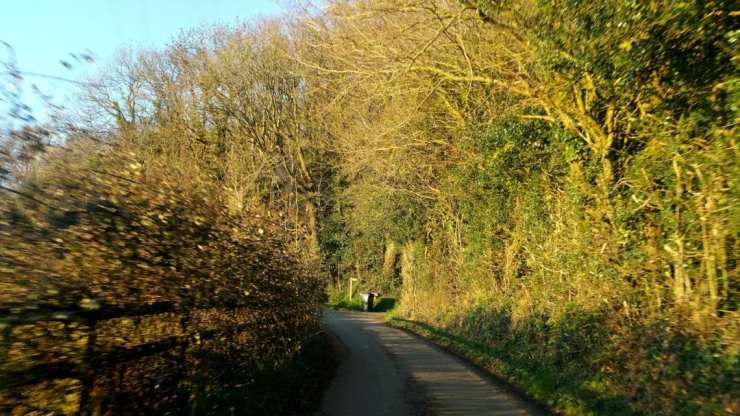
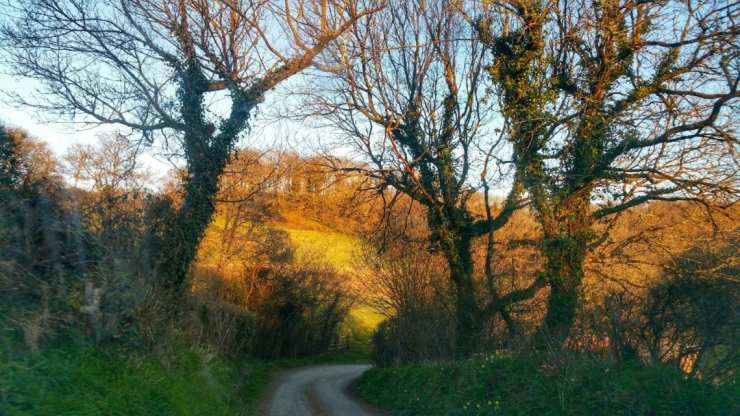
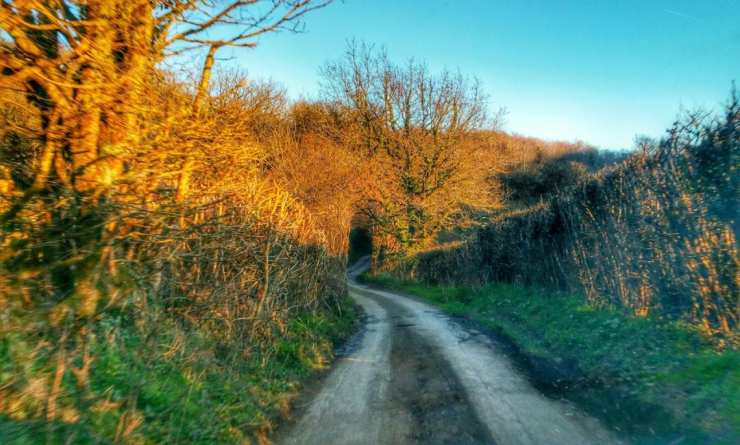





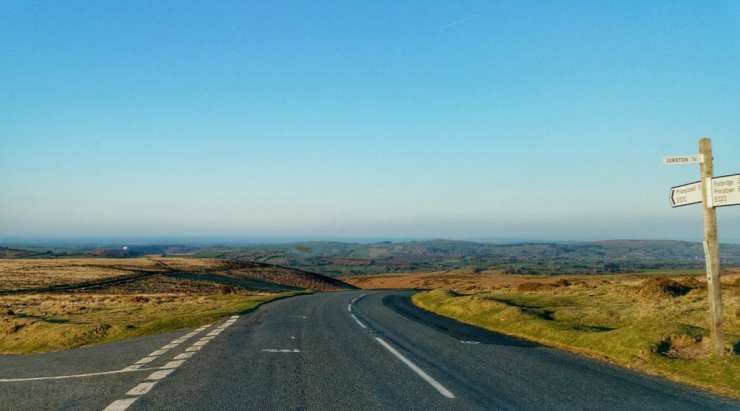

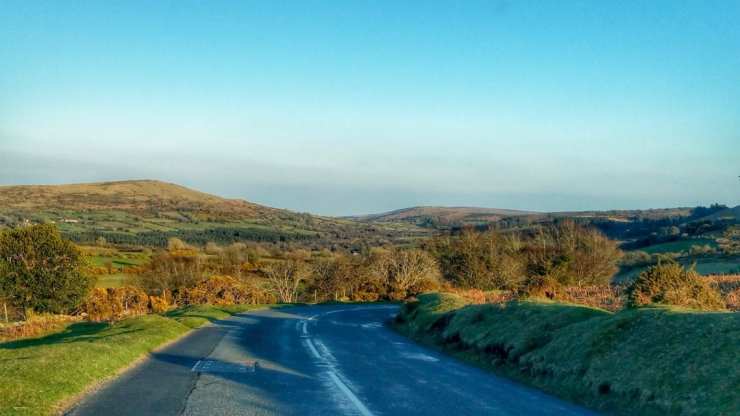
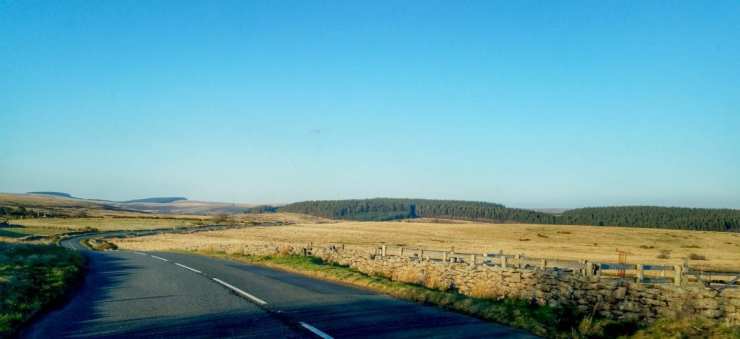

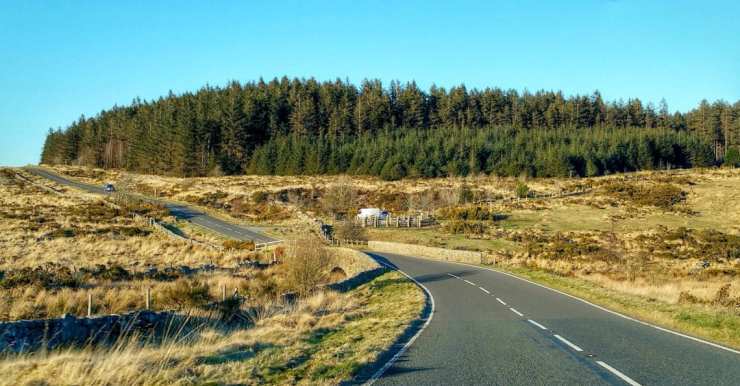

It is so damn easy to fall under this spell of the countryside in Britain, is it not? And echo Kazuo Ishiguro in The Remains of the Day as he notes: “…it is the very lack of obvious drama or spectacle that sets the beauty of our land apart. What is pertinent is the calmness of that beauty, its sense of restraint. It is as though the land knows of its own beauty, of its own greatness, and feels no need to shout it out.”
